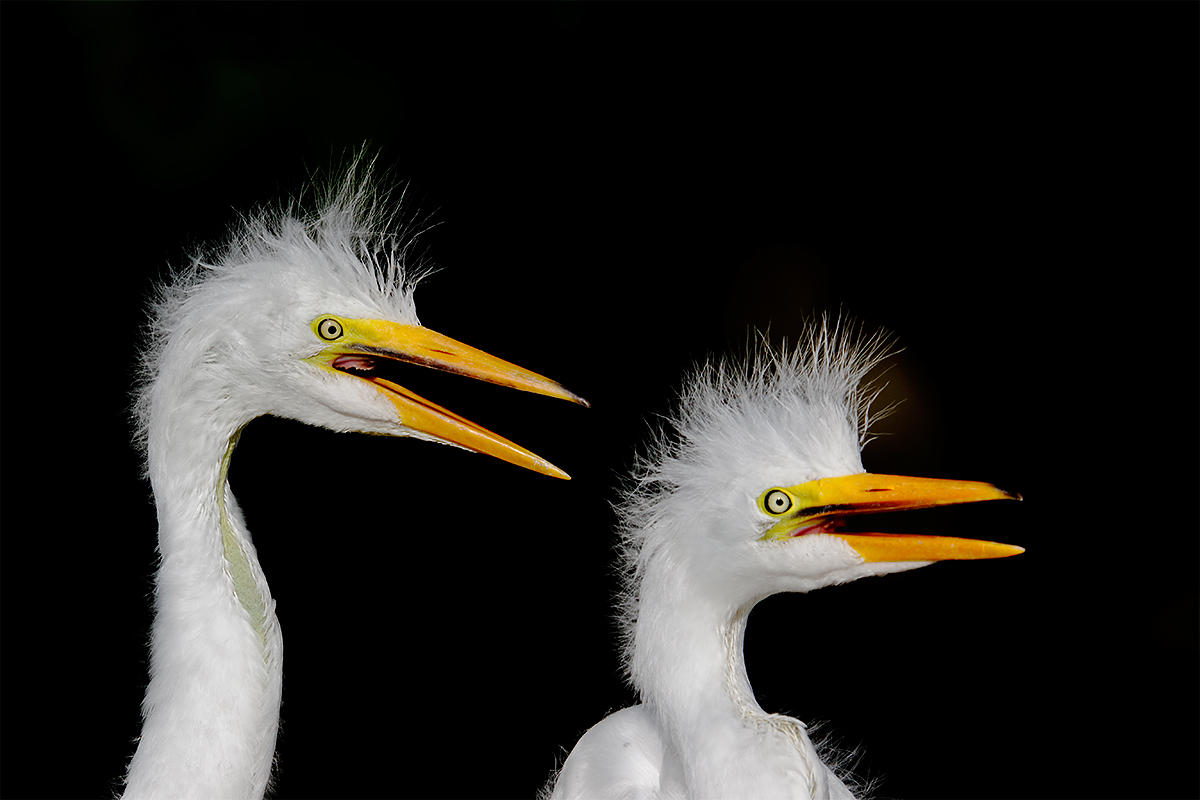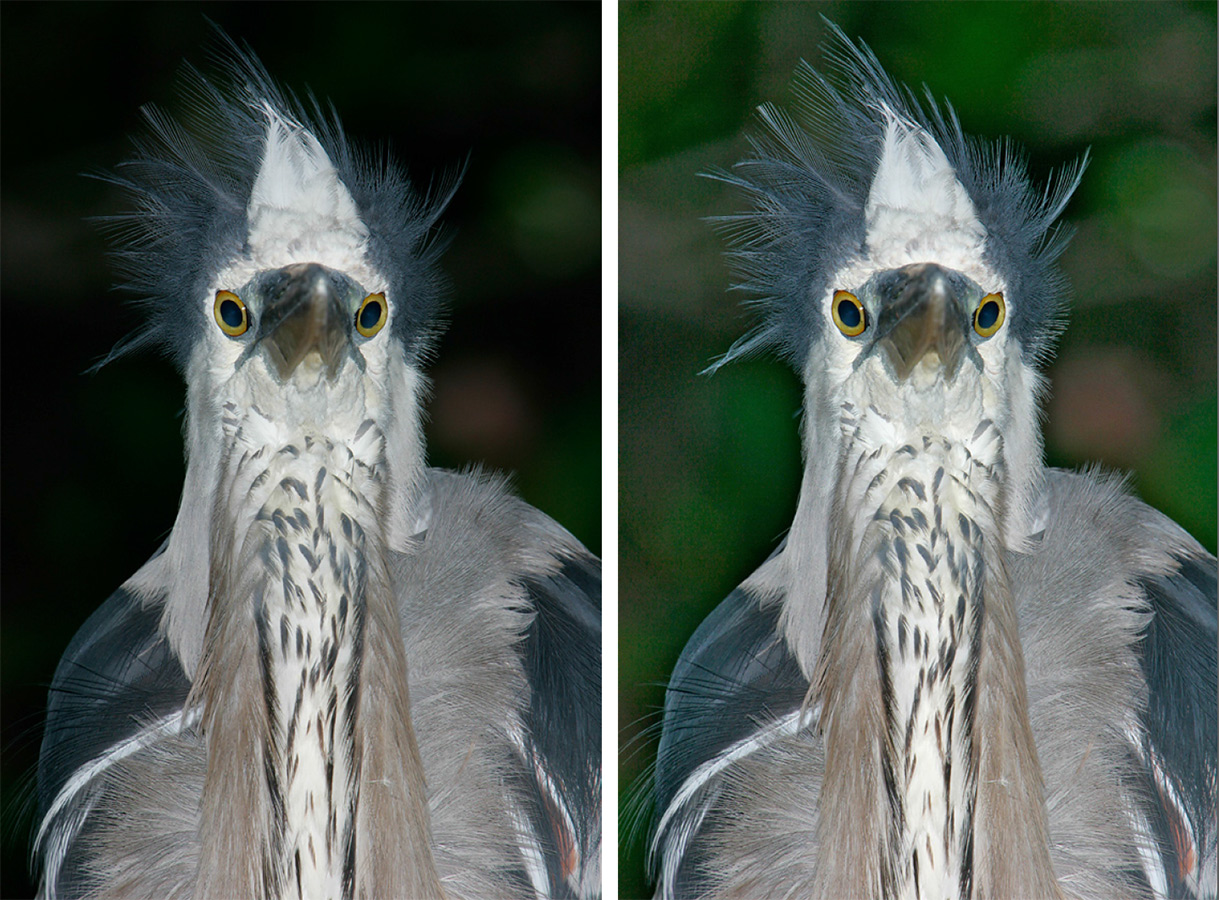Stuff
I spent most of Sunday getting the images and captions for my San Diego article to Helen Longest Saccone at Nature Photographer Magazine after my Friday efforts failed: Apple Mail downsized the photo attachments 🙁
This blog post, the 123rd in a row, took about 2 1/2 hours to prepare. It was published at 6:53 am on Monday morning.
Used Photography Gear/New Listings Below
You can see the complete Used Photography Gear For Sale listings here.
Canon EF 100-400mm f/4.5-5.6L IS USM
Barbara Garmon is offering a used Canon EF 100-400mm f/4.5-5.6L IS USM lens in like-new condition for $899.00. The lens is cosmetically and operationally perfect. The sale includes the original box, the front and rear lens caps, the original box, the ET-83C lens hood, the LZ1324 lens case, and insured shipping to US addresses. You can call Barbara on her cell at 641-777-2578 (eastern time zone) or reach her via e-mail.
I owned and used this great lens for well more than a decade and created hundreds of published images with it. Denise Ippolito owned and loved hers for many years.
Canon EOS 7D DSLR Digital Camera Body (with battery grip)
Barbara Garmon is also offering a used Canon EOS 7D DSLR Digital Camera Body and the Canon BG-E7 Battery Grip in like-new condition for $579.00 (with lots of extras). There are no scratches or dings on the body that is in perfect operating condition.
The sale includes two (used) LP-E6 Rechargeable Lithium-Ion Battery Packs (7.2V, 1800mAh) and the the original box along with everything that came in it: one LC-E6 Charger, the IFC-200U USB Interface Cable – 6/9” (1.9m), the front body cap, the Stereo A/V Cable AVC-DC400S, the Wide Neck Strap EW-EOS7D, the Eyecup Eg, the Software CD-ROM, and the Instruction Manual. The sale also includes several items purchased separately: the official Canon E1 hand strap (only third party straps are available now), an OPTECH Super Pro Strap “B,” and the aforementioned Canon BG-E7 Battery Grip (with storage pouch). All that plus insured shipping to US addresses. You can call Barbara on her cell at 641-777-2578 (eastern time zone) or reach her via e-mail.
A used 7D makes a great entry level DSLR. Be sure to see the great images that Dan Cadieux created with his original 7D (and and the “old” 100-400) here.
Used Canon EF 100-400 f 4.5-5.6 L IS Lens
Price reduced $150 on 5/11/2015!
Multiple IPT veteran Jack Panzeca is offering a used Canon EF 100-400 f 4.5-5.6 L IS lens in very good + condition for $849 including insured shipping via UPS Ground to US addresses only. The tripod collar has one small scratch. The sale includes the original tough fabric case, the original box, the front and rear caps, the lens hood, and the strap. Your gear will be shipped only after your check clears.
Please contact Jack via e-mail or by phone at 817 819 1756. Central Time Zone.
The 100-400 is a versatile intermediate telephoto zoom lens with 1,000+ uses. It makes a great starter lens especially for folks who do general nature and wildlife in addition to birds. I’ve sold 100s of images made with a 1-4 and denise loved hers for many years forsaking it only recently for the Canon EF 70-200mm f/2.8L IS II USM lens. Jack’s 100-400 is priced to sell. artie
|
This image was created on the current IPT with the Canon EF 600mm f/4L IS II USM lens, the Canon Extender EF 2X III, and the amazing Canon EOS 7D Mark II. ISO 400. Evaluative metering -2/3 stop: 1/1000 sec. at f/11. Center AF point (by necessity)/AI Servo Expand/Rear Focus AF as framed on the chick on the left, say a prayer, and re-compose. Click here to see the latest version of the Rear Focus Tutorial. Click on the image to see a larger version. Great Egret chicks in the nest begging |
Flash or No Flash?
In the “Extreme Focal Length/High Contrast Chicks” blog post here, I posted:
Image Question
Do you think that flash was used in the creation of this image? If yes, flash as main light or flash as fill? Why? If not, can you describe a situation that might have resulted in the black background?
I should have asked (more correctly): “Do you think that flash was used effectively in the creation of this image with it’s black background effect?” Read on.
No Flash, No Way!
Lots of folks left comments. About half thought that the image was created using flash-as-main-light techniques. About half thought that there was no flash used. Nearly all of those thought that the background was shaded while the chicks were in bright sun.
With a shutter speed of 1/1000 sec., it is necessary to have High Speed Synch set on the flash. The synch speed of the 7D II is 1/250 sec. When you are in High Speed Synch, the illumination provided by the flash (the guide number) drops as the shutter speed is increased. At very high shutter speeds like 1/1000 sec., the illumination from the flash is reduced greatly and thus the effective range of the flash is also reduced greatly. In addition, since the flash has to produce multiple rapid low power bursts when you are using High Speed Synch, the power of the flash is further reduced.
With an effective focal length of 1920mm, it is obvious that I was quite far from the nest–I would guess about 100 feet across the gator moat. With the flash power greatly reduced and the birds relatively far away, it would be impossible to light the chicks with the flash even if you are working with Manual Flash set to 1:1 (maximum flash power) with a Better Beamer.
Thus, no flash. Note: even fill flash would not have had any visible effect on the image in this bright sun situation. In extremely low light, the flash would have surely messed up the bird’s eyes….
The Actual Situation
Those who stated that the subjects were in the sun while the background was in deep shade were correct. I was, however, working right on sun angle; the relatively distant background behind the nest was shaded by trees that were near the nest but above it, thus shading the background well behind the nest.
There were a few lighter blotches in the background that I thought I would need to darken in Photoshop, but I tried simply moving the Shadow Slider to the left to -5. Bingo: solid black.
Image Question
For this image placing the tripod was a major factor; an inch or two either way made a big difference. Why was I so careful when choosing my perspective?
Natural Light Tips
#1: Point your shadow at (or within 15 degrees at most) the subject.
#2: For years I have been saying that subject in shade, background in sun, is one of my favorite situations. Now I can state that white or light-toned subjects in sun with the background in deep shade is another favorite.
Learning About Flash
The best way to learn about using your flash properly is to study the “Flash Simplified” section in The Art of Bird Photography II, the digital follow-up to the original classic soft cover The Art of Bird Photography. ABP II: 916 pages, 900+ images on CD only. The ABP II PDFs will synch to your i-Pad. The “Flash Simplified” section includes info on setting up for telephoto and super-telephoto photography, using a Better Beamer, using flash as fill, the principles of flash as main light, and using Manual flash as main light. Several multiple image series show the effect of varying both the ambient and flash exposures on the subject and the background.
Purchase ABP and ABP II together and save $10 here.
There will be lots more on flash here on the blog in the coming weeks.
ABP II Free Excerpts
|
Page 557 from the “Flash Simplified” section of The Art of Bird Photography II |
|
Page 558 from the “Flash Simplified” section of The Art of Bird Photography II |
Be sure to like and follow BAA on Facebook by clicking on the logo link upper right. Tanks a stack!
Support the BAA Blog. Support the BAA Bulletins: Shop B&H here!
We want and need to keep providing you with the latest free information, photography and Photoshop lessons, and all manner of related information. Show your appreciation by making your purchases immediately after clicking on any of our B&H or Amazon Affiliate links in this blog post. Remember, B&H ain’t just photography!
Amazon.com
Those who prefer to support BAA by shopping with Amazon may use this link:
Amazon Canada
Many kind folks from north of the border, eh, have e-mailed stating that they would love to help us out by using one of our affiliate links but that living in Canada and doing so presents numerous problems. Now, they can help us out by using our Amazon Canada affiliate link by starting their searches by clicking here. Many thanks to those who have written.
Typos
In all blog posts and Bulletins, feel free to e-mail or to leave a comment regarding any typos or errors. Just be right :).

















Hi Artie.
It’s all about getting the chicks in front of that dark background
D
Bingo for the man from NZ 🙂 artie
If you move right or left you would no longer have the birds in plane with the camera sensor, thus when you focus then re-frame you would lose focus on one of the birds.
Nope. This was a focus and re-compose prayer… later and love, artie
Hi, Artie.
Very good explanation always learn!!
I think it was to avoid falling into the moat. 🙂
🙂 indeed. artie
So my second guess is that there would have been bright patches or worse in the background if you’d moved the tripod either way.
Correct-o-mundo! artie
A little more right and the head angle would be wrong? A little more left and the left bill would overlap the back of the right head? These were my first ideas but evidently not. Maybe there were other birds on both sides that would have partly shown in the frame?
Nope. The clue is right there in the text 🙂 a
Hi, Artie. Wow, bad-hair day for those birds!. If you’d moved to your left, the bird on the left, which seems to be slightly closer to you than the bird on the right, would have overlapped the bird on the right, which would have been no good. Moving to your right would have been slightly less dramatic, I think, but also would have spoiled the composition by making the two birds seem farther apart, perhaps even hard to get both in the frame. (If the bird on the right was closer to you then reverse my comments.) Great image.
Not at all. The birds were moving constantly and changing my position even slightly would not have changed the juxtaposition of the two subjects. artie
“For this image placing the tripod was a major factor; an inch or two either way made a big difference. Why was I so careful when choosing my perspective?”
3 reasons come to my mind:
1) f 11 speaks of depth of field problems;
2) a few inches to the left might cause beak and head merging;
3) the space to place the tripod was limited;
Bernhard
Nope, nope, and nope, but at least you tried 🙂 Answer not too far off. Later and love, artie
ps: the clue is right there in the text….
Ok, so here’s my second try 🙂
With this rig you were limited to focus only with the central sensor. You had to place the sensor on the small tip of the left bird’s bill. So 1 inch off might have caused the AF to focus on the background.
Bernhard
Nope 🙁 This was a focus and re-compose prayer…. artie